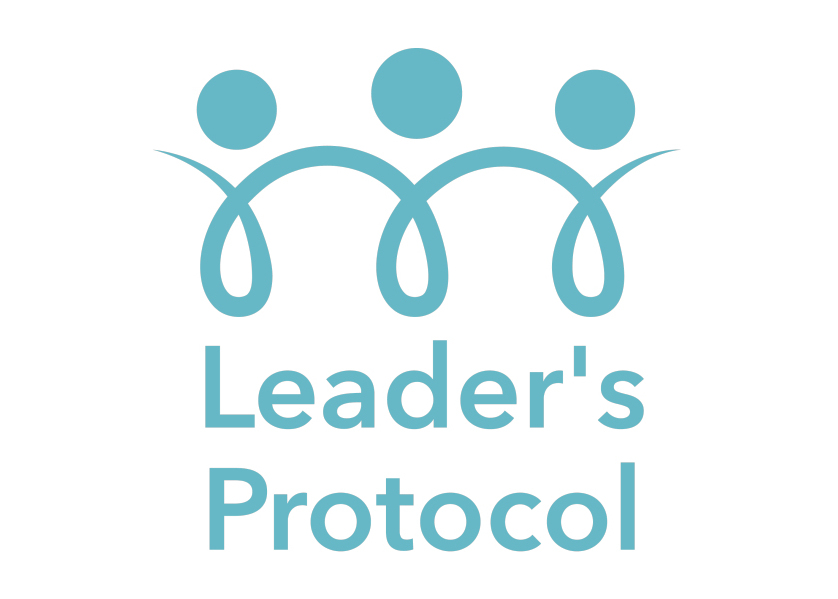Leadership Agility: Navigating Through Uncertainty and Change
Leadership Agility: Navigating Through Uncertainty and Change
In an ever-evolving business landscape marked by unprecedented change and uncertainty, the ability to adapt swiftly and effectively—known as agility—is becoming increasingly crucial for leaders. This article explores the concept of leadership agility and offers practical strategies for developing this skill, referencing an array of podcasts, books, articles, and case studies.
Understanding Leadership Agility
Leadership agility is the ability to take effective action amid complex, rapidly changing conditions. It requires flexibility, adaptability, quick learning, and the capacity to lead change successfully. Bill Joiner and Stephen Josephs’ book Leadership Agility explores this concept in depth, providing a roadmap for leaders aiming to thrive in turbulent environments.
Cultivating a Mindset of Adaptability
Leadership agility begins with cultivating a mindset of adaptability. In her influential book Mindset: The New Psychology of Success, psychologist Carol Dweck discusses the importance of a growth mindset—the belief that one’s abilities can be developed through dedication and hard work—for embracing change and challenges.
Promoting Psychological Safety
Promoting psychological safety is another crucial aspect of leadership agility. A psychologically safe environment allows individuals to express their ideas and concerns without fear of retribution, fostering adaptability and innovation. Amy Edmondson’s TED Talk, “How to Turn a Group of Strangers into a Team”, and her book The Fearless Organization provide further insights into the role of psychological safety in team performance and adaptability.
Embracing Change and Uncertainty
Leadership agility necessitates embracing change and uncertainty rather than resisting them. This perspective shift, as discussed in Who Moved My Cheese? by Spencer Johnson, can enable leaders to view change as an opportunity for growth and innovation rather than a threat.
Developing Emotional Intelligence
Emotional intelligence (EI) is a key component of leadership agility. Daniel Goleman’s seminal work on EI demonstrates how understanding and managing one’s own emotions, and empathising with others, can engender more effective and adaptive leadership.
Learning from Failure
Agile leaders understand that failure is an integral part of the learning process. In her podcast WorkLife, organisational psychologist Adam Grant discusses how successful organisations and leaders learn from failure and continually iterate for improvement.
Leadership agility is more than just a buzzword—it’s a crucial competency for leaders navigating the turbulent waters of modern business. By fostering a growth mindset, promoting psychological safety, embracing change, developing emotional intelligence, and learning from failure, leaders can enhance their agility and steer their teams confidently through uncertainty and change.
In the face of constant change, leadership agility is not merely an asset—it’s a necessity. It empowers leaders to adapt, learn, and evolve, ultimately driving their organisations towards success amidst the shifting sands of the business landscape.
Want more? I’d recommend
Book: “Leadership Agility: Five Levels of Mastery for Anticipating and Initiating Change” by Bill Joiner and Stephen Josephs
Article: “The New Leadership Playbook for the Digital Age” by MIT Sloan Management Review
Video: “Leadership in Times of Uncertainty” by Ted Bililies
Podcast: “Agile Amped” by SolutionsQ



